China-uk Museum Curation and Wenbo IP Development Forum: Win-win cooperation to tell China's Story
- MPT-EXPO
- 2020-12-15 14:56
Under the stimulus of national policies, with the help of the Internet and new technology in recent years our country museum digital platform, the museum has excellent cultural resources sharing with the public, the traditional culture connotation with innovative and creative way to popularize and pass it on, let more people love the traditional culture, how to curators and conception, speak good Chinese story, digital IP is the key of the museum work.
Britain, as the rev source of modern museum, is very important industry in the international museum, the museum curator concept are also in the international academic front, with the deepening of the, both countries in cultural exchanges, the museum for the future development of some common problems, need to discuss and face, this also is to hold the meaning of this BBS.
This BBS by Chinese and British experts as the main body, combined with the UK as a modern museum and material accumulation of the industry and the development of the new era of China wenbo indigenous to explore, to, both countries in the medium of cultural exchange and sharing, on how to create and share a common human wisdom, from the perspective of the world China's contribution to the knowledge and experience, wenbo innovation development platform for the new age model inject new vitality.
Win-win cooperation
Nottingham and The Chinese Museum community -- A Road for Win-win Cooperation
wang
Assistant professor of architecture, Doctoral supervisor, University of Nottingham, UK
Wang introduced the cooperation between Nottingham and the Chinese museum community in recent years. In 2017, the Exhibition "Chinese Dragon: From Shaking Giant to Flying Feather Spirit", jointly organized by the Institute of Vertebrate Paleontology and Paleoanthropology, Chinese Academy of Sciences and Nottingham City Hall, was exhibited in the hall of Nottingham Natural History Museum. From 2015 to 2018, the University of Nottingham established an innovative science popularization base in cooperation with the Chinese Academy of Sciences. Since 2015, the University of Nottingham has cooperated with the Institute of Vertebrate Paleontology and Paleoanthropology of the Chinese Academy of Sciences to carry out several professional museum exhibition planning training, aiming to train exhibition collectors/curators for Chinese museums.
"Chinese Dragon: From Shaking Giant to Flying Feather Spirit" exhibition (source: Wang Qi PPT)
As for exhibition planning training at the museum, Wang qi said that after the audience enters the museum, how the museum tells a story and how to touch the audience's heart is his constant concern. In his opinion, as far as curation is concerned, the focus on the internal relationship between architecture and exhibition is often more likely to have the effect of "1+1>2". Internally, the person in charge of the exhibition and collection should be responsible for the safety of the collection, externally, the architect should be responsible for the narration of the exhibition. In a sense, the combination of architect and curator can achieve very good results in the interpretation of space and the interpretation of exhibits in practical operation. According to Wang Qi, telling stories is not the same as introducing knowledge. Exhibition planning should emphasize more on the inspiration of relevant content and activities, so as to continuously stimulate the subjective initiative of the audience and fully stimulate their interest in cognition and exploration.
Concept of practice
Memory education information spirit: Four key words of narrative museum curation
YuLeBin
Deputy Director of exhibition Expert Committee of China Conference and Exhibition Economics Research Society
With 40 years of work experience, Yu Lebin summarized the curation philosophy of narrative museums in the new era with eight words and four key words, namely "memory", "education", "information" and "spirit". He pointed out that according to the mode of museum presentation planning and formal design, there are three modes of museum presentation: narrative mode, art mode, and nature and science mode. Among them, narrative museums account for a large proportion of the total number of museums, and exhibition is different from that of art museums and natural and scientific museums. Therefore, it is of great significance to explore narrative museum exhibits.
Source: PPT by Yu Lebin
In terms of "memory", narrative museum exhibits should be transformed from "cultural relic storehouses" to "narrators" of memory. It is not only necessary to preserve historical memories, but also to ensure that historical memories can always be keenly felt by future generations. In the aspect of "education", narrative museums should regard exhibition as the main means to implement museum education, and emphasize more on integrating education into the whole process of exhibition. In terms of "information", narrative museums need to change from "object as the core" to "object and information as the core". The exhibition should specify what this object and these objects can "reflect" and "reflect", so as to achieve the communication goal of "revealing the history of the object and revealing the spirit". From the perspective of "spirit", narrative museums not only need to tell the history with the display of objects and description of words, but also need to take the value of The Times as the dimension to establish the relationship between the "past and today" and the vision of the "future" of the audience.
Tell a story: Da Vinci, the cat's date with the audience
Dr Gabriele Neher
Dean of Teaching, Department of Art History, School of Humanities, University of Nottingham, UK
Dr Gabriele Neher spoke about the 2016 Da Vinci Drawings exhibition at Nottingham Castle and shared her experience working on the project. The exhibition consists of 10 leonardo sketches from the Royal collection, including chalk drawings of leonardo's creations, sketches of humans, animals, water and plants, and technical works. Dr Gabriele Neher said that from the start, many Nottingham students and alumni had been involved in the exhibition and had worked with Nottingham Castle to enhance the visitor experience, such as the signage of the exhibition hall, the organisation of events and the operation of social media. Among them, the most eye-catching is the pet life painting activity launched in collaboration with Nottingham Cat Cafe. The campaign, inspired by one of the works in the exhibition, Leonardo Da Vinci's Cat, Lion, Dragon, has attracted a lot of public participation. For the students participating in the exhibition, they can not only enjoy the outstanding works of the Renaissance closely, but also participate in the conception, promotion, design and presentation of the exhibition, which provides the museum with more ideas to get close to the public.

Exhibition poster (credit: Dr Gabriele Neher's PPT)
Contemporary thinking of museum exhibition planning
Li Li loose
Deputy director of Changsha Museum
Li Lishong takes the practice of Changsha Museum as an example, discusses the innovative art of exhibition planning based on the IP of urban history and culture, and extracts the contemporary thinking of museum exhibition planning. Li Li pointed out, a city's history and culture should be treated as a museum of IP, and the basic way to changsha museum "xiangjiang river north - changsha, ancient history and culture display", "shed water - changsha, modern history and culture display" as an example, the display from the selected topic and location, research and planning, practice and innovation are three aspects to discuss how to build contemporary narrative on the basis of historical narrative, the museum is not only the old legacy of projector, should also become a new culture of the generator.
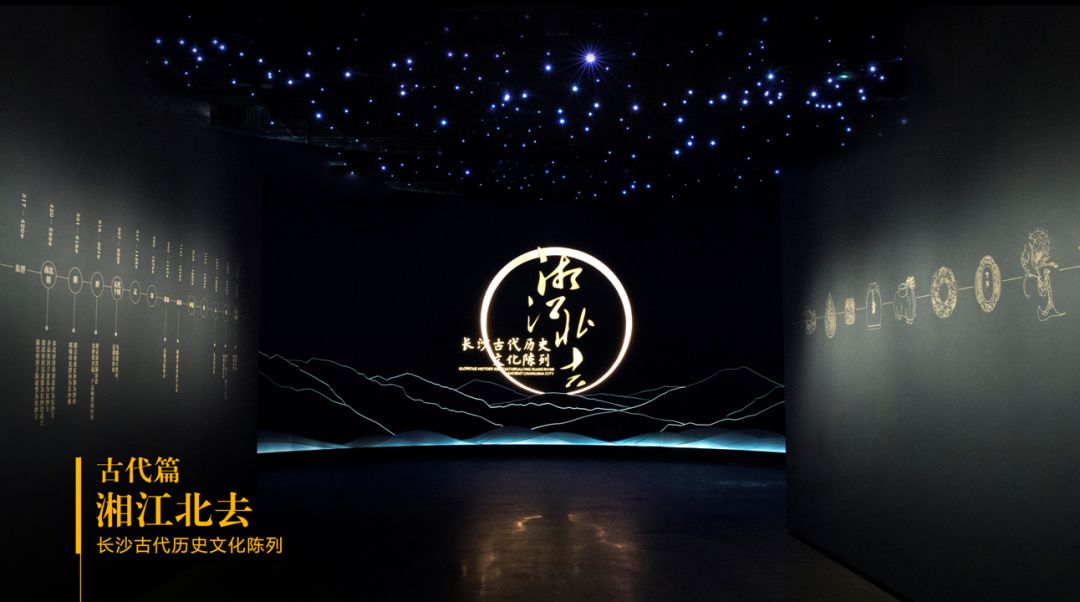
Source: Li Li Song PPT
Application of digital technology
A strategy for the application of digital technology in contemporary museums
Professor Eugene Ch'ng
Professor of Cultural Computing, School of International Communication, University of Nottingham, UK
Eugene Ch'ng shares some of his thoughts on curation with "Strategies for applying digital technology in contemporary museums". He said that although digitization was controversial in its initial integration into the museum, it was important because digitization could solve many of the bottleneck problems of traditional exhibition, and all digital technologies should be returned to human needs in the end. Nowadays, museum is no longer just a special educational institution, but also a very important place for social experience activities. "The audience is no longer just a passive recipient as before, but now they increasingly want to actively participate in interactive experience". In this regard, Eugene Ch'ng suggested that in the digital exhibition, the audience should be given a time and space to think at will, so that the audience can have a deeper understanding of the stories behind the exhibits. "If in virtual reality, the audience can have a connection with cultural relics and modern people have a very strange cross-cultural memory, it will undoubtedly produce a very good communication effect".
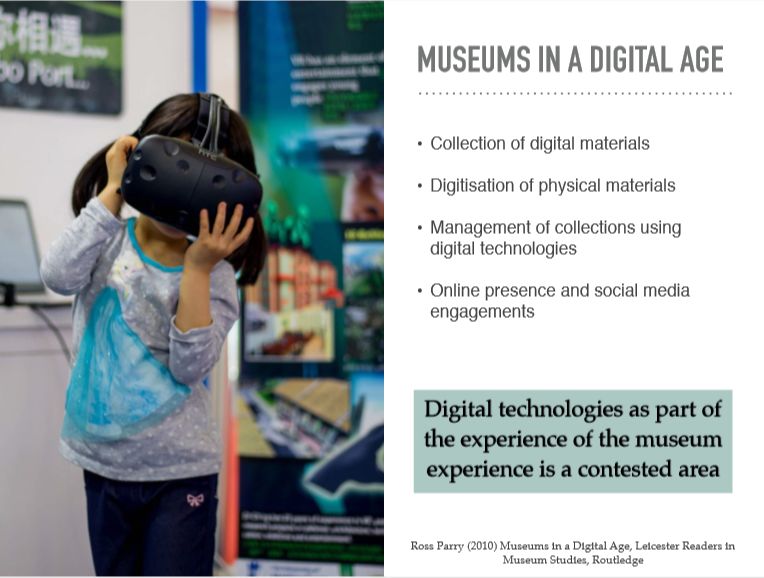
Source: Eugene Ch 'ng's powerpoint
In conclusion, Eugene Ch'ng concluded that the application of digital technology should be people-oriented, and user experience should be fully considered in the design process of digital exhibitions. At the same time, users should be able to participate in the design in advance as much as possible, and social interaction should be fully considered, so as to effectively realize the possibility of emotional connection between (virtual) technology and the exhibition itself and people themselves.
Art and Technology Resonance: The Innovative Dimension of Digital Wenbo IP
Feng Zuguang
Doctor of Academy of Fine Arts, Tsinghua University, teacher of public art
In the era of experience economy, blog system emphasizes the user's perceived value more than before. In this regard, Feng zuguang shared some of his views on the development of digital cultural IP. In his opinion, the digitalization of existing Wenbo IP tends to carry out technical optimization and improvement from the perspectives of extending experience media, enriching experience forms, and transforming content carriers. But on this basis, the real digital cultural IP should not only be understood from the national, national, subject culture and other ways, from the cultural, regional, universal dimensions to understand, to establish some kind of connection to become the core of digital cultural IP innovation. At the same time, the innovation dimension of digital Expo IP should also take into full consideration the resonance between imagination and knowledge, the resonance between multi-dimensional world and parallel time and space, the resonance of group energy and social emotion, so as to do a good job of "the ritualistic nature of the digital era". For example, in his opinion, a small and medium-sized museum (a certain collection of cultural relics), which is more suitable for the IP development of Wenbo, may not be targeted at the collection, but a new content based on the development of relevant geographical, historical and cultural elements, so that the museum exists as a kind of physical proof and specific theater space.
At the meeting, about the application of digitization in museum, Beijing normal university, school of journalism Zhu Yicheng with tsinghua university, an assistant professor of art and science and technology innovation base and the guest teacher Jacques respectively for "display, interaction, communication, machine learning and artificial intelligence application cases, inspiration and trend at the museum" and "from digital to wisdom: extraction museum development and practice of intelligence service".
Legal issues of WENbo IP development
Value co-creation: Rules and modes of IP copyright operation of Wenbo
Si-yuan wang
Entertainment media business direction associate lawyer
Wenbo IP rights and international rules and operating mode, the media entertainment business si-yuan wang talked about full-time lawyers, wenbo in IP development, the copyright as the core, supplemented by appearance patent, trademark, trade name and other intellectual property rights of operating throughout the global, consisting of "rights" chain is the organic combination of every link, is the foundation of project development. If there are defects in the compliance of intellectual property rights, it may cause hidden trouble to the follow-up development and progress of the whole project. Similarly, the IP development arrangement of Wenbo is mainly governed by the parties' autonomy of will through the agreement. Among them, the scope of authorization, ownership of rights, way of use, payment of consideration, the exercise of the right of approval and other contents should be the top priority. He also said that the IP development of the current international wenbo has formed a complete system, mature operation, and detailed and complex provisions related to the protocol. As a new force in the IP development industry of Wenbo, although Chinese museums have a good momentum of rich collections and broad development prospects, they still need to make more efforts in legal understanding and contract negotiation drafting.
Statistics show that there are more than 5,000 museums in China, and in what ways should the unquantifiable cultural relics in the collections be effectively connected with the audience to form cross-space dialogue and communication. "Digging deep into cultural resources, combining modern technology and artistic means to reproduce the stories of the collections, following the history and culture, and building Bridges with the audience are exactly the significance of developing WENbo IP." Cheung Ping-kun, the founding partner of Trinidad Colt Design Institute, talked about it.
2018-12-10 10:47
Recommended Content
-
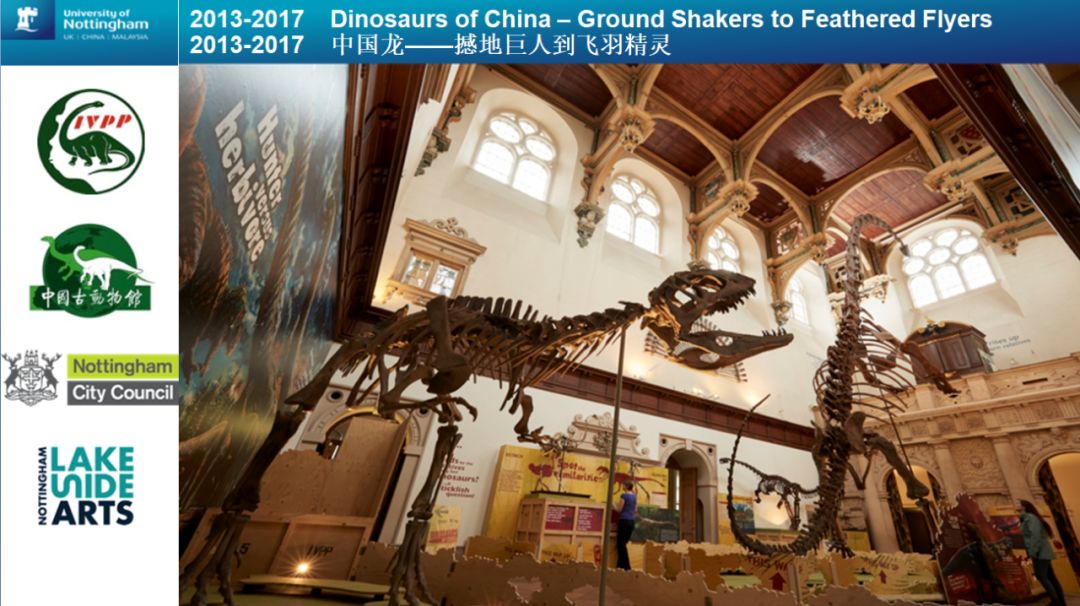
China-uk Museum Curation and Wenbo IP Development Forum: Win-win cooperation to tell China's Story
2020-12-15 14:56 -
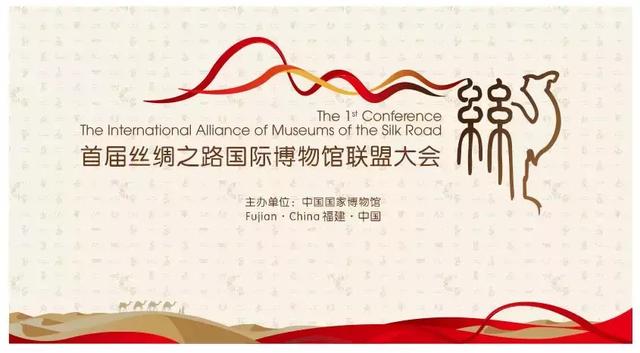
The first International Union of Museums on the Silk Road conference was successfully held during the "World Expo"
2020-12-15 16:20 -
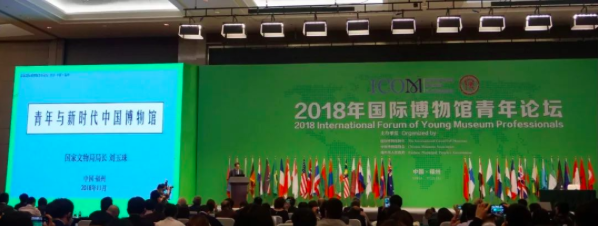
The first International Museum Youth Forum was held in Fuzhou to discuss the changing youth in museums
2020-12-15 17:03
News
-
The 8th Expo came to a successful conclusion
-
"Expo" countdown! Welcome the "New Era • New Journey" of the Museum
-
The creator of National Treasure, tells you the story behind the show
-
Wenbo New Media in "Hyperlink" : Witness Innovation and Discuss Development
-
The first International Museum Youth Forum has concluded
-
2018 Annual Meeting and Academic Seminar of Costume Museum Committee of China Museum Association was held
-
ICOM held a symposium in Fuzhou
-
Liu Yuzhu, head of the National Cultural Heritage Administration, met with the president of ICOM and other foreign guests in Fuzhou
-
The 8th "Expo" 76 non-state-owned museums exhibited collectively for the first time, highly praised at home and abroad
-
The 8th "World Expo" Wuxi Museum was unveiled

